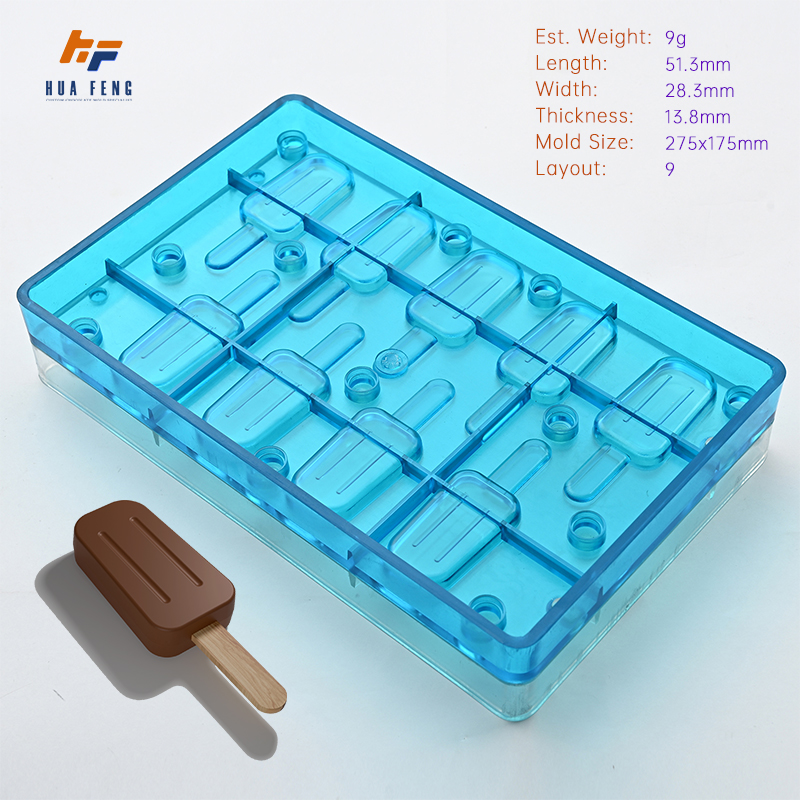Before selecting an industrial chocolate mold, it is crucial to assess your specific production needs. Factors like volume, type of chocolate, and production speed can significantly impact the mold you choose. High-quality molds enable efficiency and effectiveness in mass production. Understanding your requirements can prevent costly mistakes.
Volume: Determine your production volume. High-volume operations often require multiple molds to keep pace.
Type of Chocolate: Different chocolates (dark, milk, white) can behave differently in molds. Ensure compatibility.
Production Speed: Consider how quickly you need to produce your chocolate products; opt for molds that suit your timeline.

Chocolate molds come in various types, including polycarbonate, silicone, and metal. Each type has its advantages and drawbacks. To make an informed choice, here are household types commonly used in chocolate manufacturing.
| Type | Material | Pros | Cons |
|---|---|---|---|
| Polycarbonate | Plastic | Clear, durable, easy to demold | Expensive, can scratch easily |
| Silicone | Flexibility | Non-stick, easy to clean | Less durable, can deform at high temperatures |
| Metal | Aluminum | Highly durable, even heat distribution | Heavy, requires more maintenance |
The choice of material can heavily influence your mold's performance. For instance, food-grade molds are essential to ensure food safety. Consider performance factors such as heat conductivity, flexibility, and durability while selecting a mold.
Polycarbonate molds are known for their excellent clarity and thermal conductivity, helping in perfect chocolate finishes.
Silicone molds, while offering easy release, may not transfer heat as effectively as their polycarbonate counterparts.
Metal molds provide the best heat distribution but may leave a stronger chocolate flavor.
While budget constraints are a reality for many chocolate manufacturers, opting for the cheapest molds can lead to long-term losses. Higher-quality molds often last longer and perform better, providing greater ROI.
Investing in quality molds might seem expensive upfront, but their durability means fewer mold replacements and less downtime. A cost-comparison analysis against output quality can justify higher initial costs.
Finally, ensure that your supplier or manufacturer has a reputable background. Research reviews, ask for recommendations, and check their history in supplying industrial chocolate molds.
Check customer feedback on platforms like Google Reviews.
Inquire about their history in the chocolate industry.
Ensure compliance with required safety standards for chocolate production.
By following these guidelines, chocolate manufacturers can make informed decisions in choosing the right industrial chocolate mold for their production needs, enhancing both efficiency and quality.
Comments
Please Join Us to post.
0